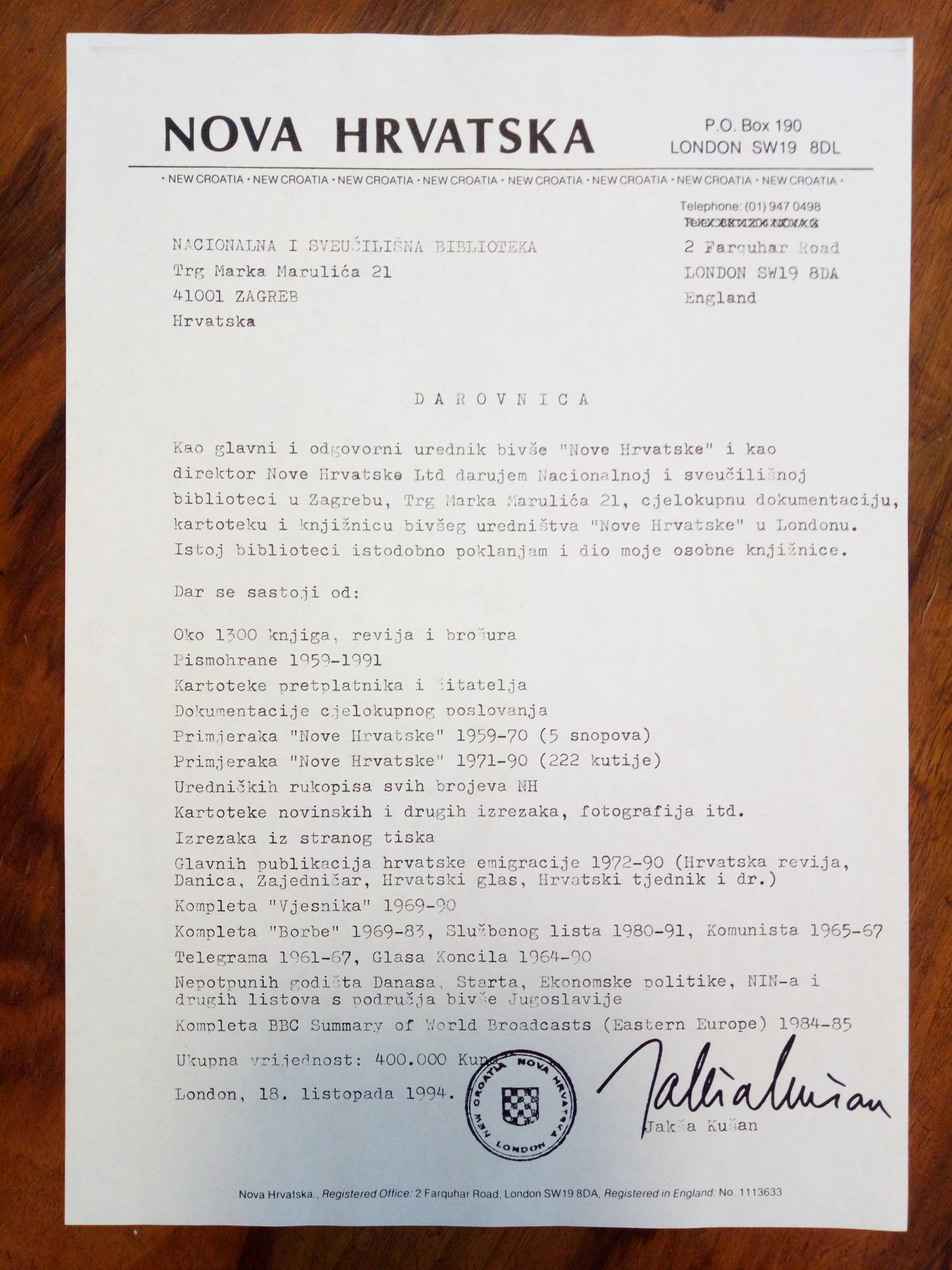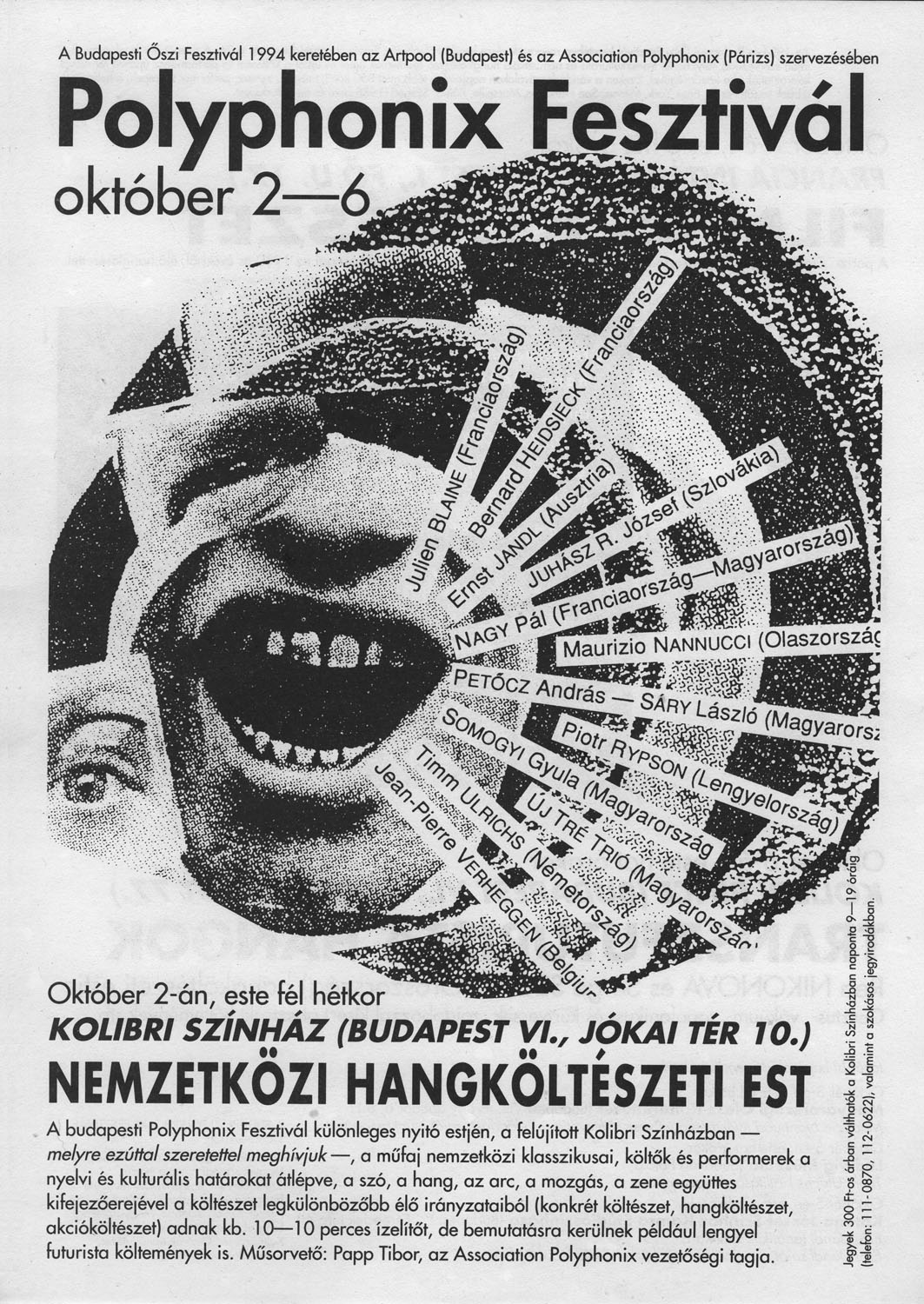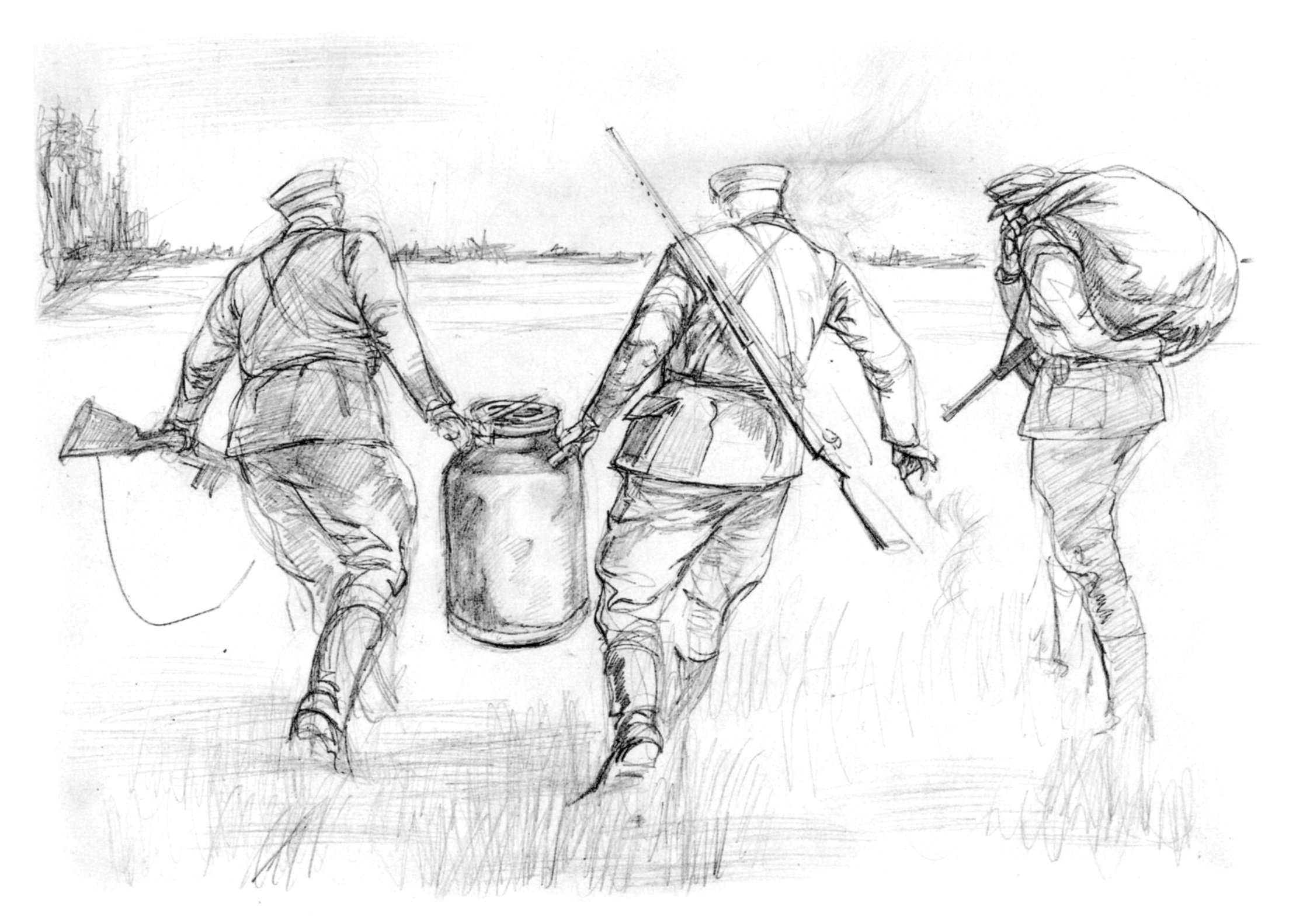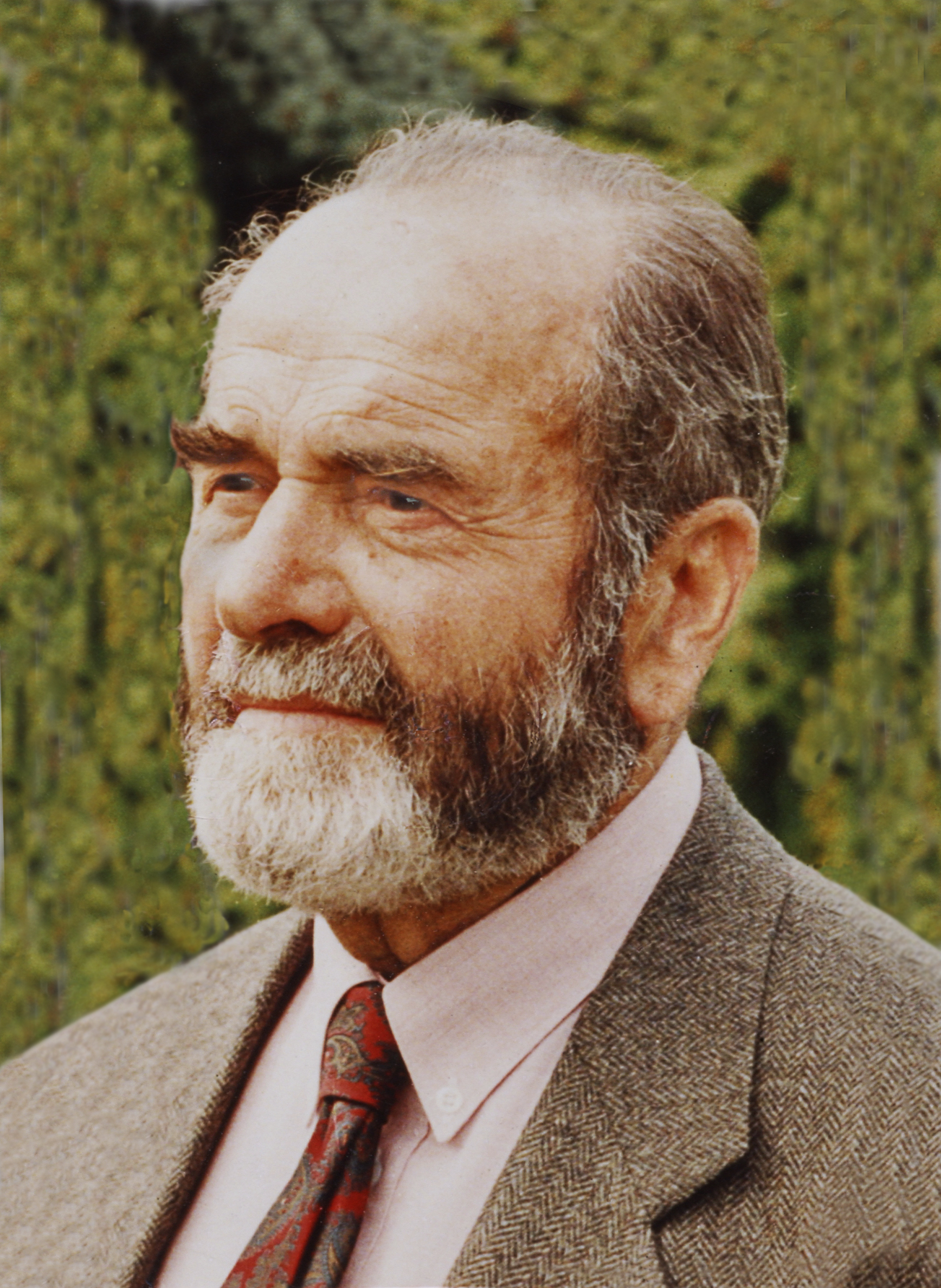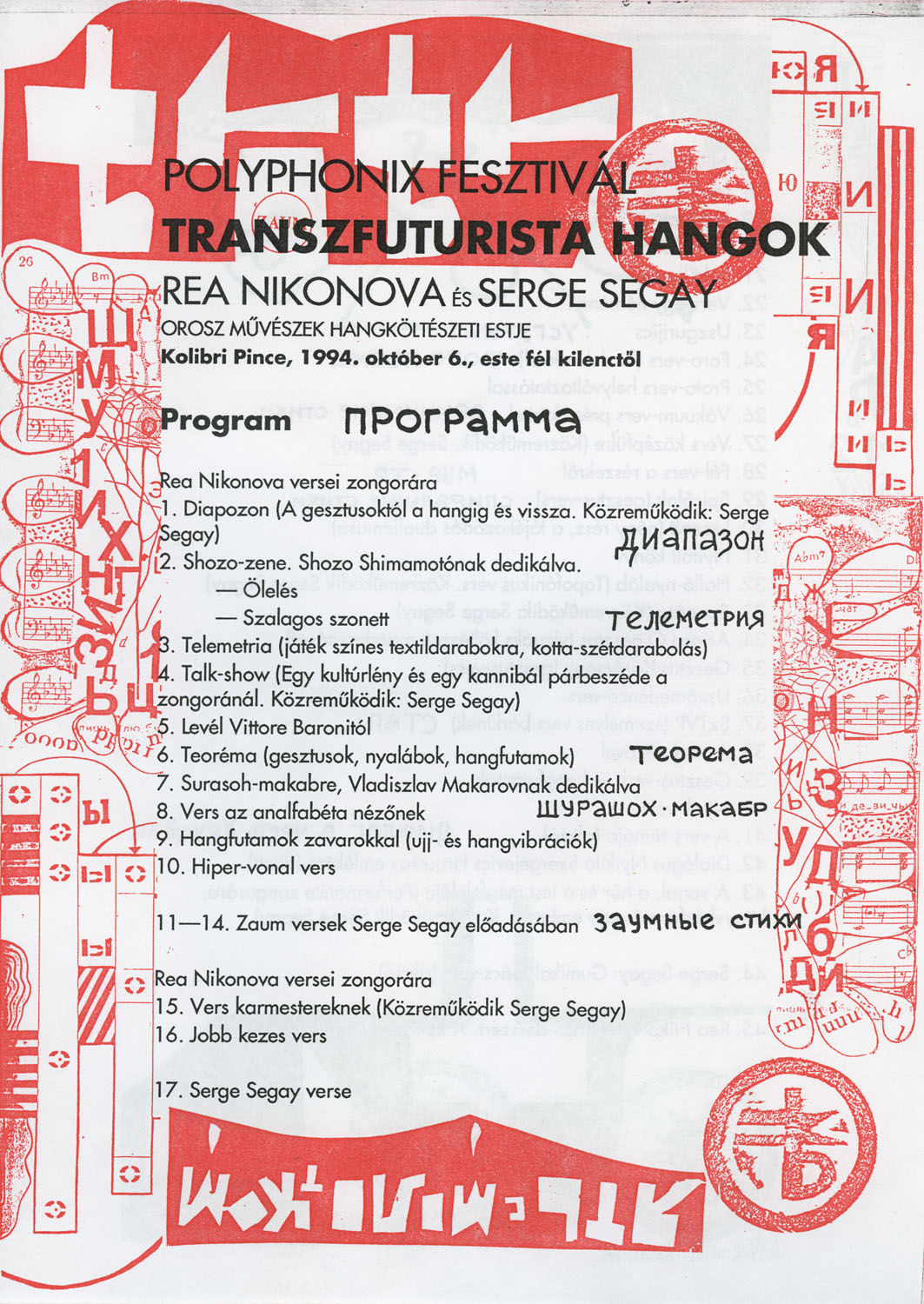
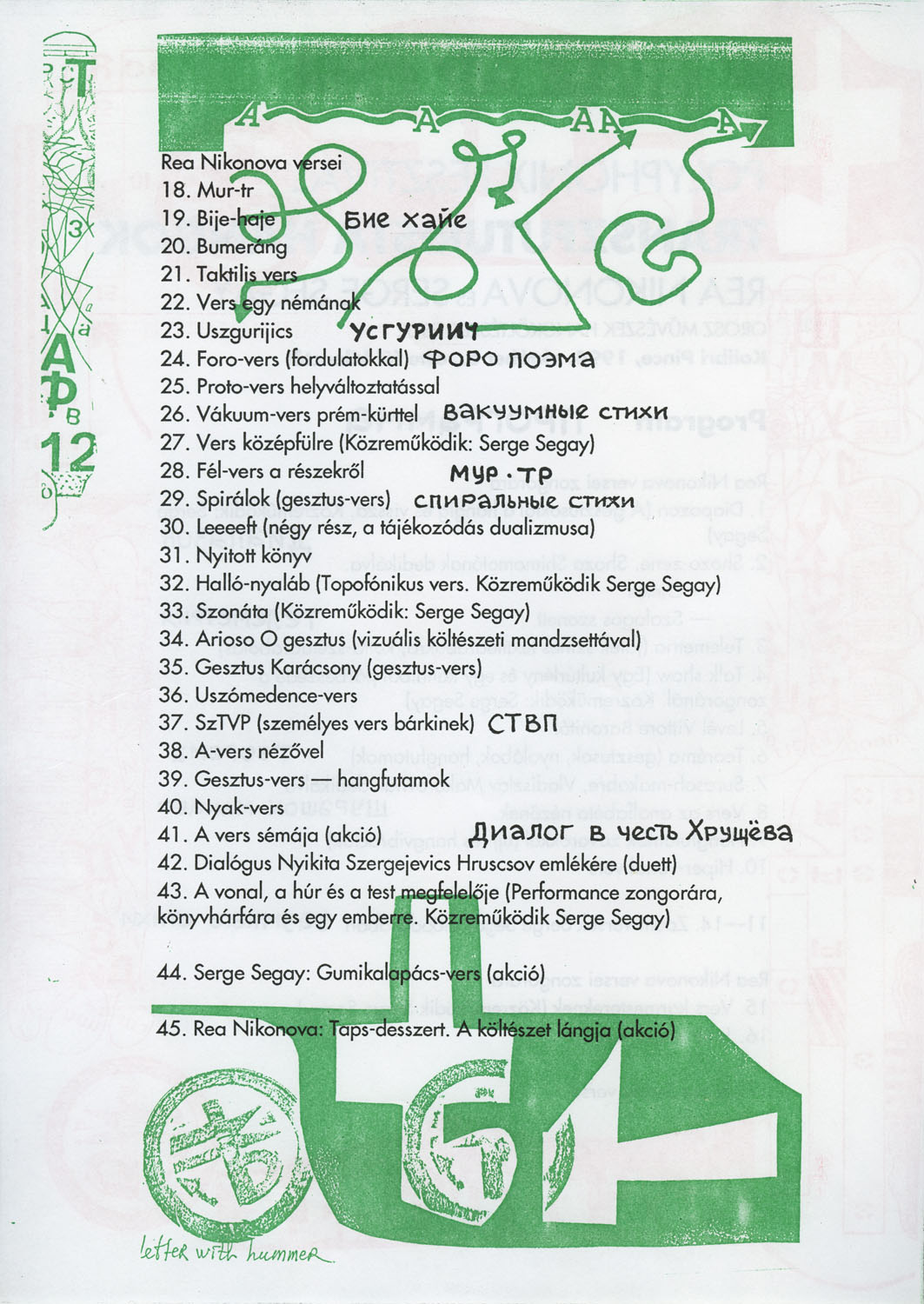



The 26th International Polyphonix Festival Budapest: the alternative poetry festival founded by Jean-Jacques Lebel in Paris is organized in a different city every year. After Paris, Naples, Rome, Marseille, and Brussels, Hungary hosted the event on two occasions. In 1988, the experimental artists came to Szeged, and in 1994 they came to Budapest. The Polyphonix Festival, in cooperation with Artpool, offered insights into the Russian experimental poetry scene: Rea Nikonova and Serge Segay presented their unique sound poetry show of gesture, vacuum, topophonic etc. abstract poems. Alongside the leading figures of the scene, such as Ernst Jandl, Julien Blaine, Timm Ulrichs, and Bernard Heidsieck, other artists appeared, such as Piotr Rypson, who gave a performance of Polish Futurist Sound Poetry.
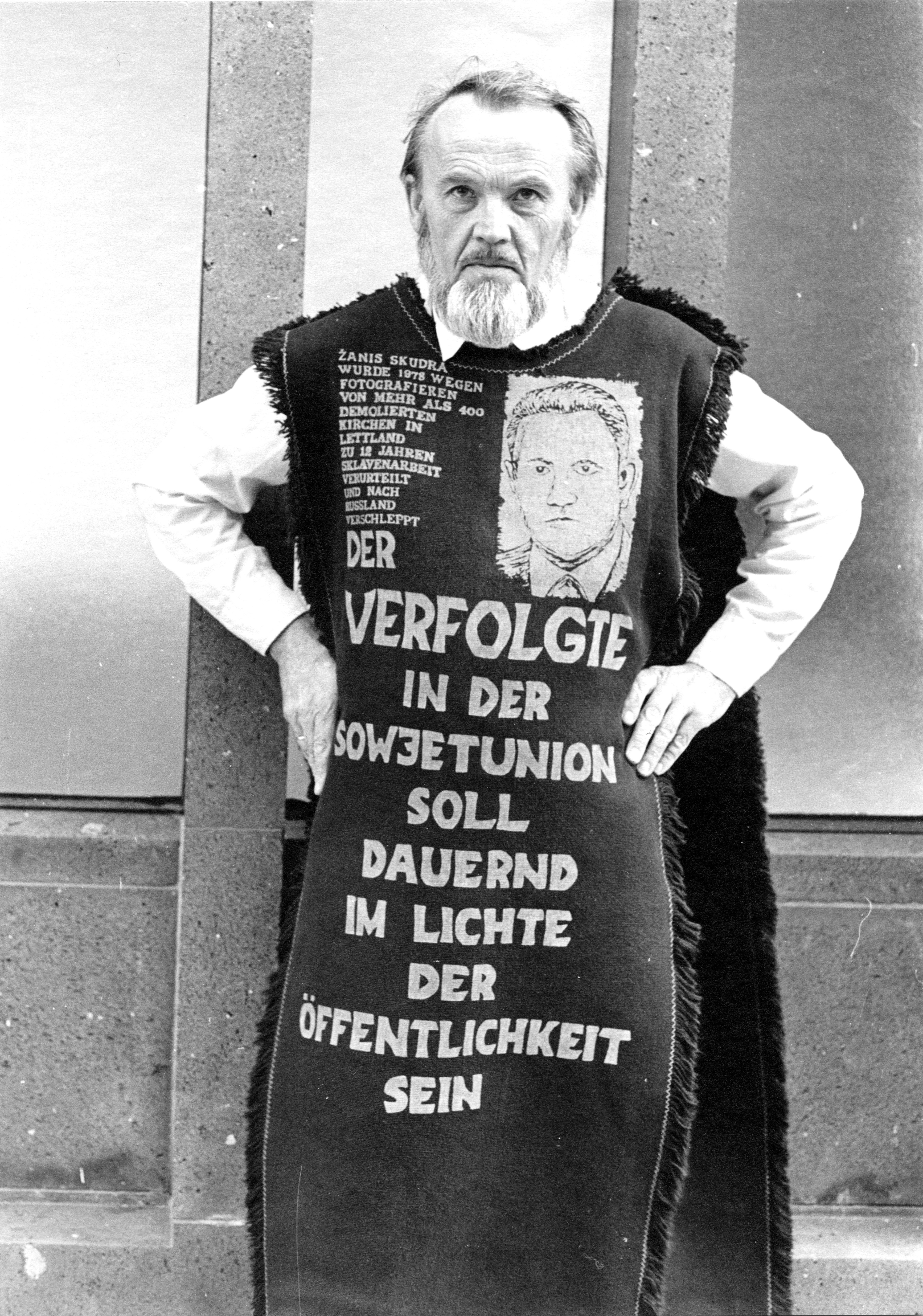



The collection consists of artefacts about the 'Action of Light', established by Paulis Kļaviņš, which operated in the 1970s and 1980s. It aimed to support religious dissidents and human rights campaigners in Latvia, and to inform the public in the West about the real situation in Soviet Latvia.


Adrian Marino a avut intenţia încă din anii 1990 să îşi doneze biblioteca şi arhiva personală unei instituţii publice, care să o conserve şi să o facă accesibilă publicului larg. În opinia Florinei Ilis, creatorul colecţiei a luat în considerare pentru o viitoare donaţie atât Biblioteca Academiei Române, cât şi Muzeul Literaturii Române din Bucureşti. La decizia direcţionării acestei donaţii către Biblioteca Centrală Universitară Lucian Blaga din Cluj-Napoca (BCU Cluj-Napoca) a jucat un rol decisiv directorul din acea perioadă al instituţiei, profesorul universitar şi istoricul Doru Radosav. El este cel care l-a convins pe donator că instituţia pe care o conduce este cea mai potrivită pentru a păstra şi pune în valoare colecţia Marino. În data de 31 martie 1994, creatorul colecţiei a semnat la notariat un act de donaţie prin care arhiva personală şi biblioteca urmau a intra treptat în custodia BCU Cluj-Napoca. În cea de a doua parte a anilor 1990, cea mai mare parte a dosarelor arhivei personale au fost predate BCU Cluj, iar după moartea creatorului colecţiei în martie 2005 şi biblioteca sa a intrat în custodia acestei instituții. Florina Ilis, angajată a BCU Cluj-Napoca, a fost însărcinată cu arhivarea fondului Adrian Marino, proces care s-a desfăşurat sub îndrumarea creatorului colecţiei. Sala în care a fost depozitată această colecţie este special destinată doctoranzilor şi tinerilor cercetători. Având în vedere dimensiunea şi valoarea culturală a colecţiei, se poate estima că fondul Marino reprezintă una dintre cele mai importante donaţii private primite de BCU Cluj-Napoca.
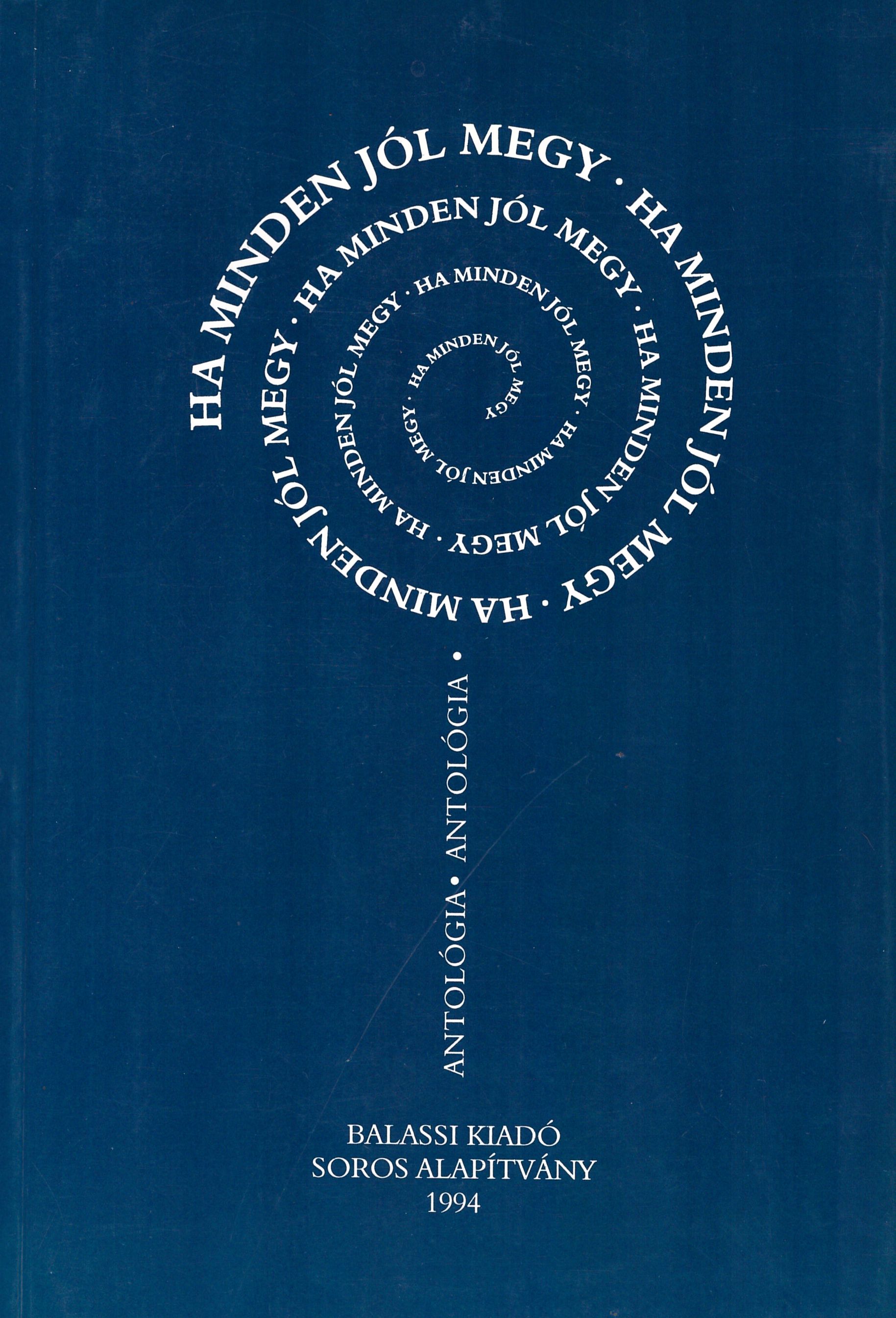

From the outset, one of the main aims and preferred profiles of the Soros Foundation Hungary (HSF), was to provide support for contemporary Hungarian literature through the numerous grants and prizes offered for writers and literary scholars as well as the largescale system of support for book publishers, periodicals, and libraries following 1989–1990. The jubilary anthology of works by 58 writers, which enjoyed the support of the Foundation, was launched to mark the 10th anniversary in order to represent the versatile values of this literary heritage, with a forward by novelist Miklós Mészöly and the title by Péter Esterházy: Ha minden jól megy / If Everything Goes Well on Its Way. It was published in 1994, more or less at the halftime of Soros Foundation Hungary’s support for Hungarian literature, by a new Budapest scholarly publisher, the Balassi Publishing House.
In fact, this special project of literary grants and other forms of support was originally intended to be but a modest experiment to determine whether an alternative patronage system based on private donations by George Soros could work more or less independently outside the prevailing system of communist cultural policy. The call for grant applications was announced, and in early 1985, an advisory board was formed of four devoted middle-aged experts: Miklós Almási, Mátyás Domokos, Ottó Orbán, and Endre Török, chaired by a widely respected senior poet and essayist, István Vas. It was quite clear from the outset that the process of selecting the grantees required considerable attention to detail, and results could only be achieved step by step. Therefore, most of the successful applicants were recruited from among authors who had not been banned or supported by the regime, but rather had simply been tolerated. Dissident writers, who by that time published their works mostly in samizdats, or writers who were more radically critical (such as intransigent poet György Petri) were repeatedly denied support by the party through the co-chairman of Soros Foundation Hungary, an apparatchik who represented the Hungarian Academy of Science. Still, some dissidents were able to secure support later, such as György Berkovits, Zsolt Csalog, János Kenedi, and Sándor Radnóti.
1989 and 1990 brought major changes. The advisory board was renewed and divided into two separate juries: one responsible for belle lettres, another for literary scientific support. Instead of grants, a system of literary prizes was established named after Hungarian nineteenth-century and twentieth-century classic authors, like Endre Ady, Lajos Kassák, Dezső Kosztolányi, Gyula Krúdy, Imre Madách, Sándor Weöres, etc. Furthermore, a set of new projects was launched to provide direct support for literary publishers, periodicals, and libraries throughout the country. During the first ten years (i.e. up until 1994) of the Soros literary patronage program, altogether 330 grantees and 50 prize-winners were given support. Most of them were original, middle-aged talents, including several Hungarian poets and novelists from Romania, Yugoslavia, and Czechoslovakia, such as Lajos Grendel, Elemér Horváth, István Szilágyi, Ottó Tolnai, János Székely, Árpád Tőzsér, and László Végel.

 Pop-Săileanu, Aristina, interviu de Liana Petrescu, 1994. Transcript, Memorialul Sighet - Colecția de Istorie Orală
Pop-Săileanu, Aristina, interviu de Liana Petrescu, 1994. Transcript, Memorialul Sighet - Colecția de Istorie Orală
Mărturia Aristinei Săileanu-Pop face parte dintre primele sute de înregistrări care se găsesc în arhiva de istorie orală a Memorialului Sighet, dar ea se distinge prin faptul că relatările includ experiența personală a uneia dintre cele mai puternice figuri ale rezistenței organizată în munții Maramureșului după preluarea puterii de către regimul comunist. Numărul de înregistrare în arhivă al acestei mărturii este 254. Documentele audio cuprind aproximativ 3 ore de înregistrare și se găsesc și în format digital. Realizat de Liana Petrescu, interviul arhivat este însoțit de o fișă a personajului care rezumă conținutul și precizează datele biografice ale Aristinei Săileanu-Pop. Înregistrarea care se găsește în această colecție a fost reprodusă, după prelucrare, și într-un volum publicat în 2008 la editura Fundației Academiei Civice sub titlul Să trăiască partizanii până vin americanii! Povestiri din munţi, din închisoare şi din libertate. În cadrul interviului sunt relatate nu numai experiența personală a Aristinei Pop-Săileanu, ci și experiențe similare cu ale personajului principal al acestei mărturii, care se referă la alți membri ai familiei sale sau la alți partizani implicați în mișcarea de rezistență din munții Maramureșului. Aceștia fie nu au supraviețuit experienței carcerale ce a urmat capturării lor de către trupele de Securitate, fie au fost mai în vârstă și s-au stins din viață înainte de căderea comunismului, fără a mai avea vreodată posibilitatea de a povesti cuiva prin ce experiențe traumatice au fost obligați să treacă. Aristina Pop-Săileanu consideră că este datoria ei să păstreze și memoria acestora.
În privința semnificației propriei experiențe confrontaționale, Aristina Pop-Săileanu crede că victoria personală asupra experimentului comunist din istoria României s-a datorat neabdicării de la principiile moralei creștine: ”A fost o victorie pentru toţi cei care şi-au păstrat normalitatea. Eu mă consider unul dintre ei. Ţărancă, am fost şi am rămas un om normal, nici eu, nici rudele mele, nu am avut complexe de inferioritate. Tatăl meu a fost adesea în anturajul unor oameni importanţi ai vremii, deşi era pădurar. Când Constantin Brătianu a cedat pământ, cu pădure cu tot, oamenilor din Lăpuş, tata l-a invitat la masă şi apoi au jucat Hora Unirii împreună. Noi nu am suferit de complexe de inferioritate. Întotdeauna am crezut că este în beneficiul ţării să fie cât mai mulţi intelectuali. De la noi au plecat la liceu o sumedenie de băieţi şi fete, pentru că ţăranul vroia ca şi copilul său să ajungă să înveţe carte. Ori, ura asta ’de clasă’ a fost ceva de neînţeles, a exploatat tot ce putea fi mai rău în om. Ea a distrus atâtea destine, a lăsat în urmă numai suferinţă şi moarte, a vrut să-l despartă pe om de Dumnezeu. Să-i ia credinţa, speranţa şi iubirea. Experimentul de care vorbiţi s-a sfârşit cu un ocean de nedreptăţi. Eu sunt doar o picătură din acel ocean.”
În prefața volumului mai sus menționat, Romulus Rusan dă o replică la această poveste mișcătoare prin simplitatea ei și realizează un foarte frumos portret al unui caracter puternic, demn de a fi luat drept model de viață: ”Aristina Pop trece prin cele mai teribile suferinţe, dar găseşte mereu o mână protectoare care o apără. Este omul care se ştie face iubit pentru că nu este în stare de ură. Dezarmează pe anchetatori prin ingenuitate, pe femeile gardian prin faptul că le-ar putea fi copil, pe doctori prin altruismul tinereţii sale. (...) Nu-şi pierde credinţa, refuză resemnarea, continuă să spere. După ce iese din închisoare şi securiştii încearcă s-o folosească, le cere s-o trimită mai bine înapoi, după gratii. Se căsătoreşte ’la prima vedere’ cu un tânăr, Nicolae Săileanu, cu care fusese în aceeaşi închisoare şi care se îndrăgostise de ea fără să ştie cum arată, doar auzindu-i povestea. (...) Cum a reuşit un asemenea caracter să se facă iubit într-o lume a urii, a luptei de clasă? Secretul este numai al Aristinei şi constă, fără îndoială, din ştiinţa înnăscută de a rămâne normală într-o lume a anormalităţii.”
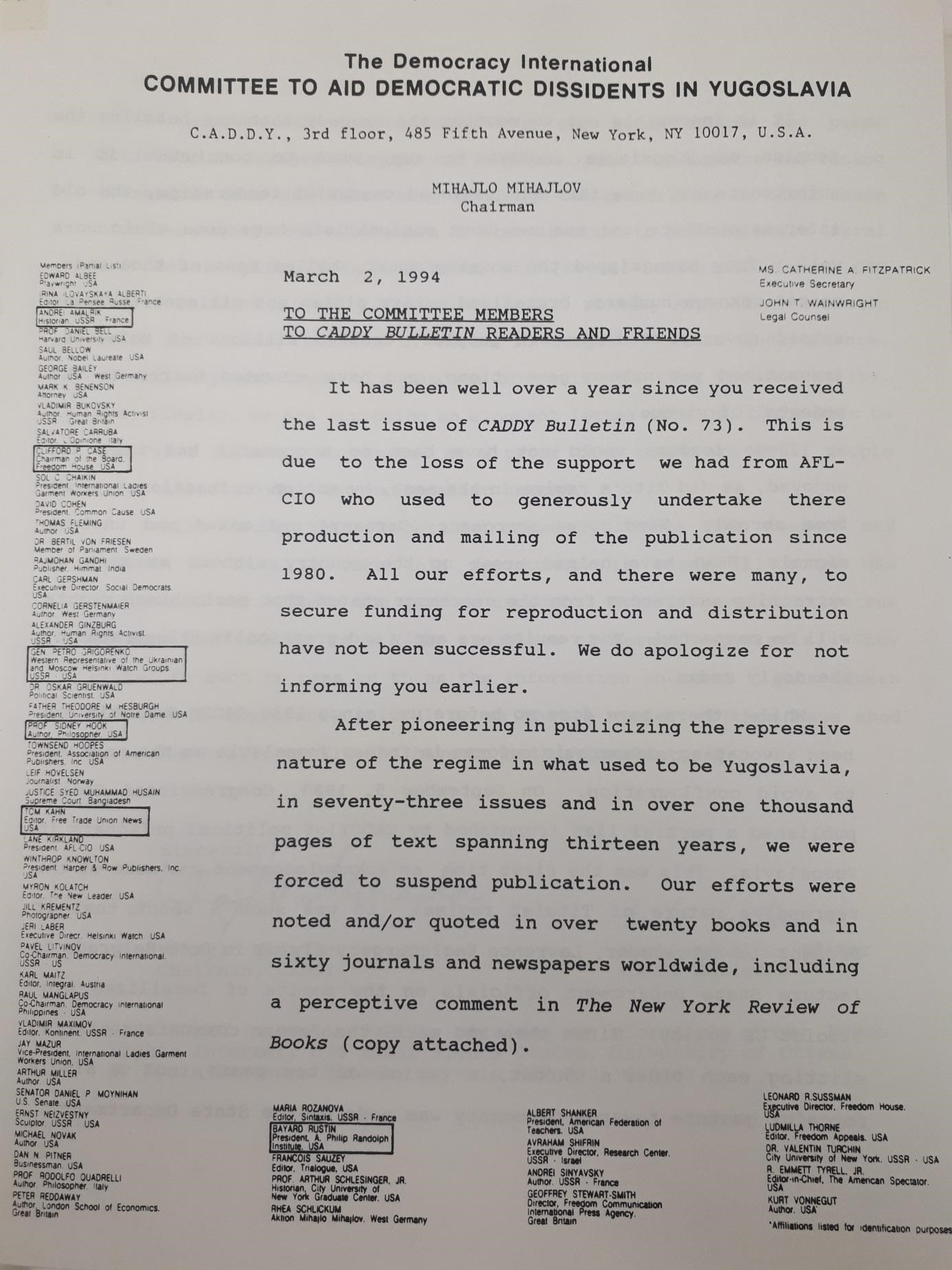

The last issue of the CADDY bulletin contained a recapitulation of the work of both the CADDY and the bulletin itself. Although the last issue appeared in November 1992, sometime later, at the beginning of March 1994, it was announced that the work of the CADDY had ended, which included the publication of the bulletin. This all happened against the backdrop of the definitive disintegration of the Yugoslav state and the war in its former territory. Such a turn of events signalled a defeat for the ideals championed by Mihajlo Mihajlov and Rusko Matulić as the main leaders of the project, who believed in the possibility of maintaining Yugoslavia in a democratized form.
Most likely, this epilogue forced Mihajlov and Matulić to forsake their work around the CADDY and the bulletin. On the other hand, there was no single-party dictatorship in the republics of the former Yugoslavia, and the public was no longer strictly controlled as it was in the preceding period. During the 1990s, the first multiparty elections were held in all of the Yugoslav republics. However, in his final message to readers, Mihajlov pointed out the pioneering role of the CADDY in informing the Western public about the status of political freedoms and human rights in Yugoslavia, and in presenting the fate of each dissident. He also stressed that CADDY was quoted in over 20 books and 60 magazines and newspapers throughout the Western world. (Rusko Matulic Papers, box 4).
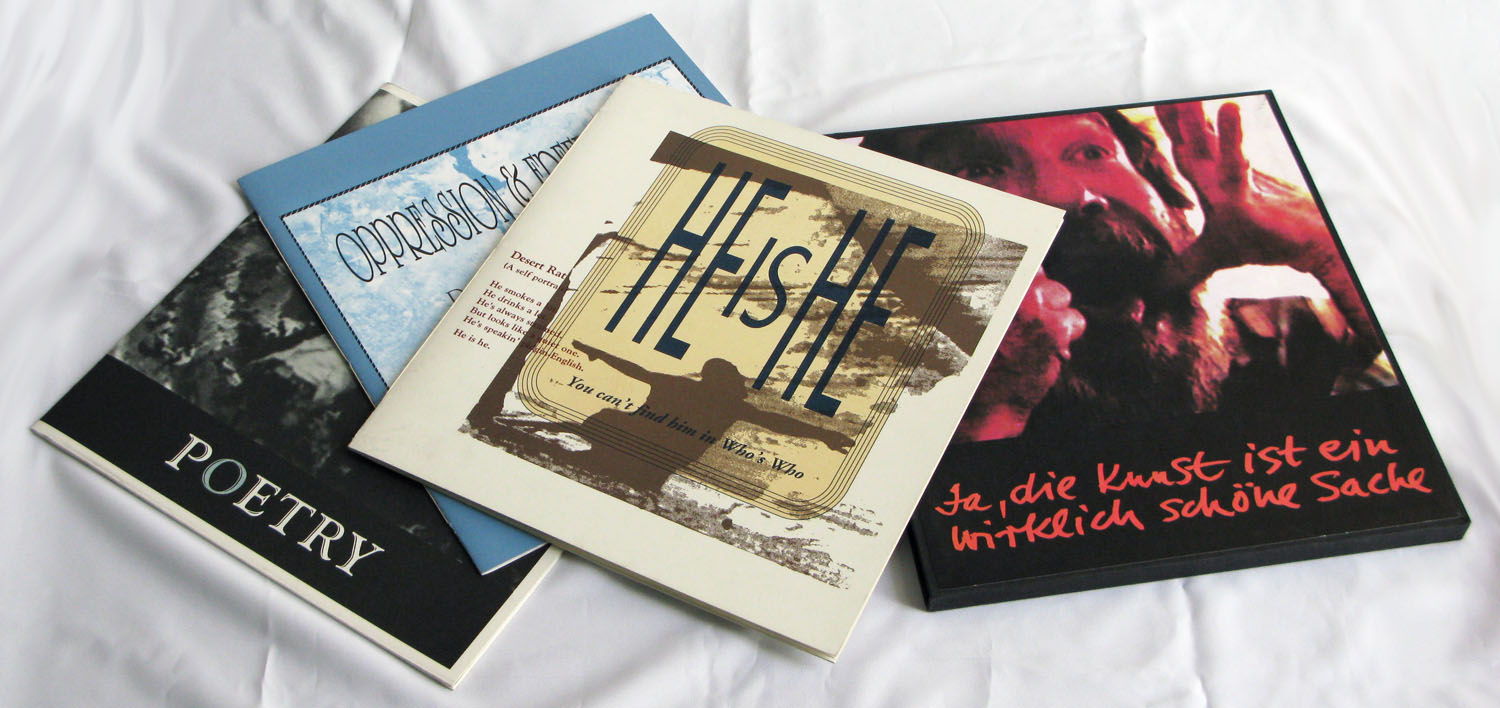

1990 (1994), (set of three books in a paper case). The bookwork focuses on the topic “Freedom/Oppression: Central European Artists in Response.” In 1989, when the Soviet Union lost control over the Eastern Bloc countries, in the Visual Art Research Studio of Arizona State University three Hungarian artists selected with the help of Artpool began to work on the project. Peter Forgács, György Galántai, and poet György Petri were invited to Arizona to collaborate with the staff of the Studios, and as the fruit of their labors, the bookwork was produced in 1994 in 225 numbered and signed copies.
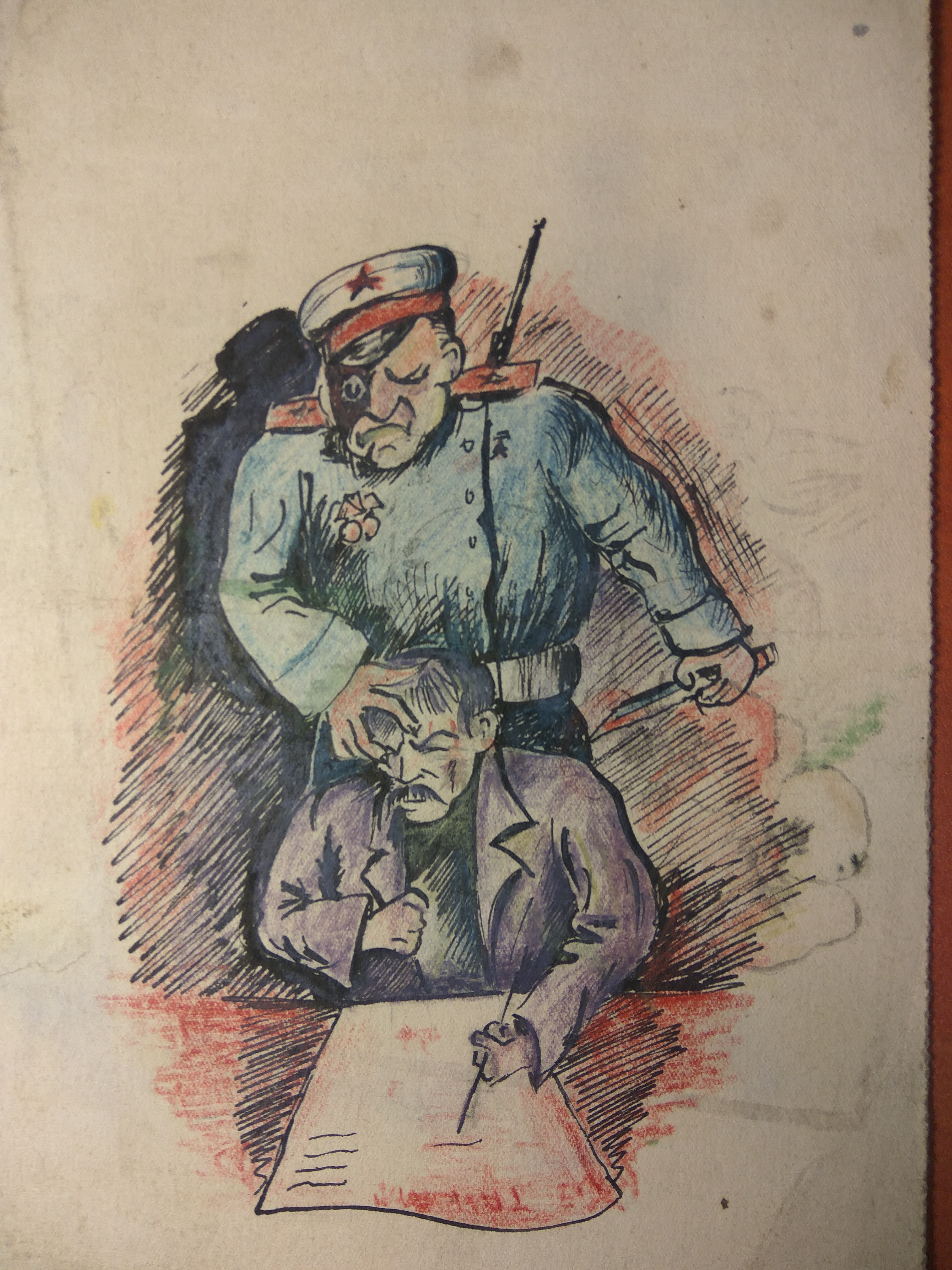


The collection is held in the Lithuanian Special Archive. The archive was arranged to manage a special collection of material that consists mostly of Soviet Lithuanian KGB, Communist Party and Interior Ministry documents. Documents from these former institutions are recognised by the Lithuanian government as material of special status, and they are separated from other government archive documents. The Lithuanian Special Archive is a governmental institution that supervises, keeps, stores and initiates legislation regarding this special group of documents. The collection is part of this group. It holds various documents about Lithuania’s anti-Soviet armed resistance in 1944-1953. While the partisan movement is related more to the resistance rather than to cultural opposition issues, the collection includes creative work by partisans, such as poetry, drawings, works of art, cards, and other items. The existence of this kind of work demonstrates the phenomenon of Lithuania’s anti-Soviet resistance and cultural opposition which was not limited only to armed rebellion. Partly because of this, the partisan resistance has a deep influence today on the Lithuanian historical memory.
